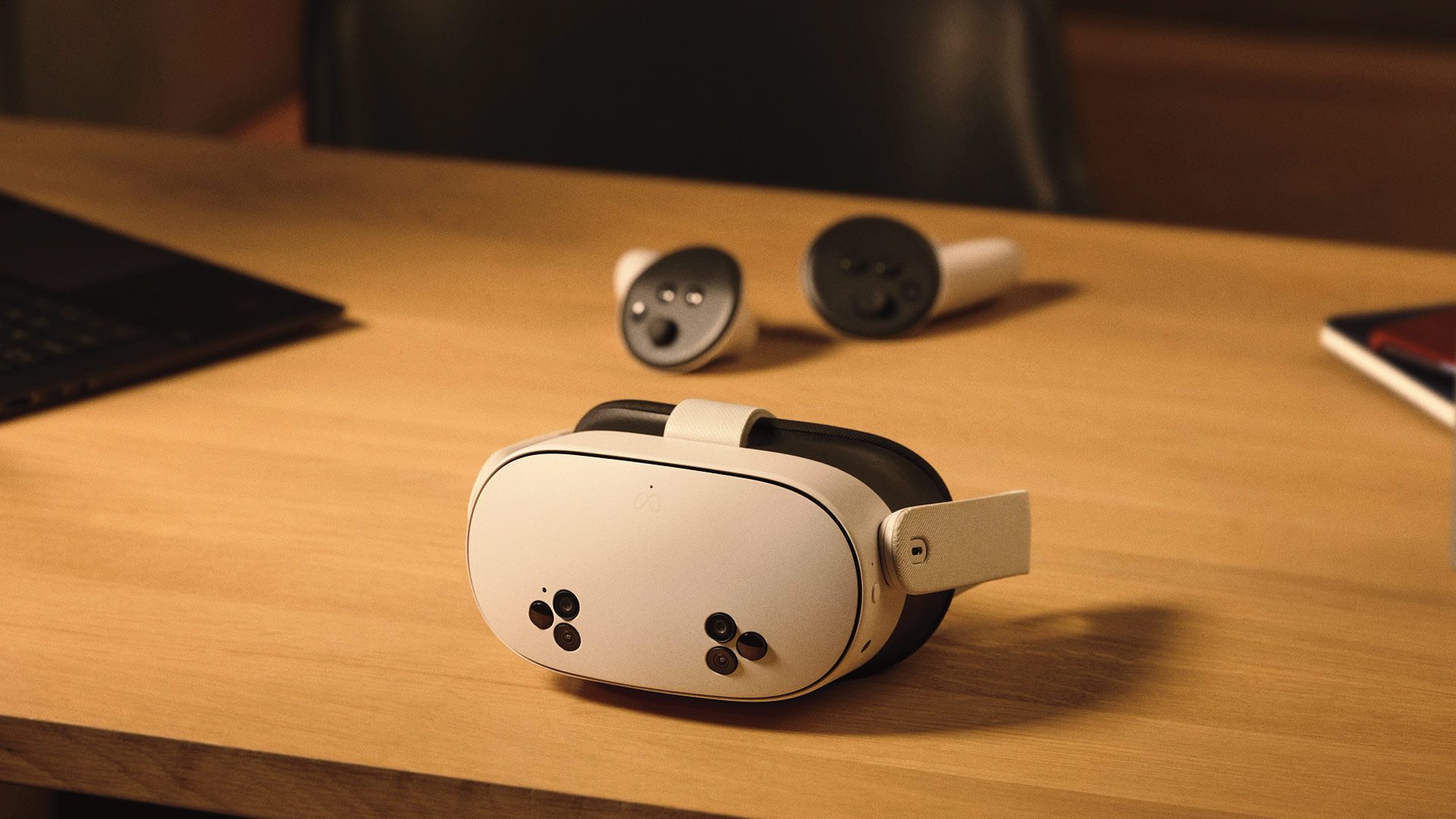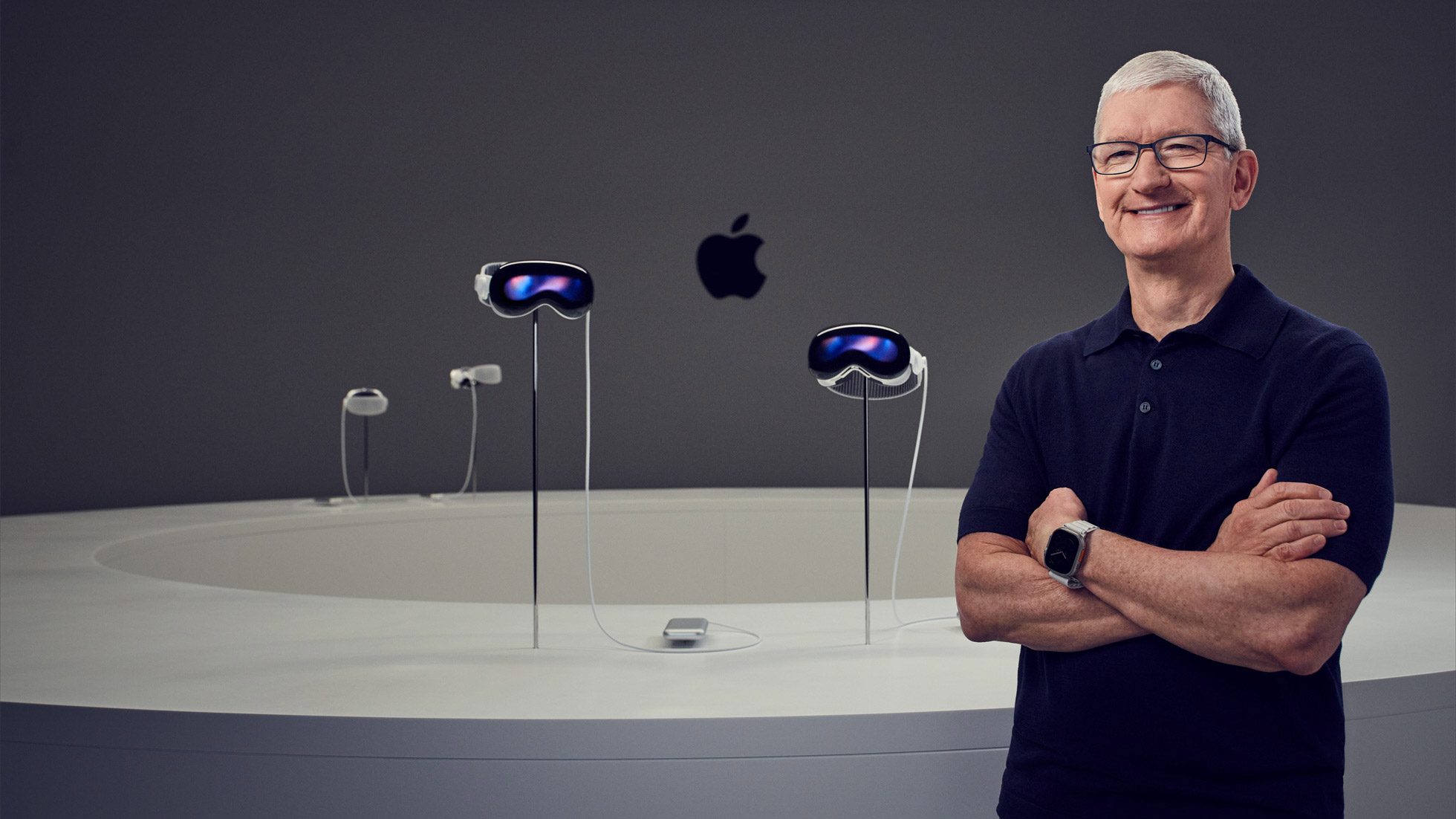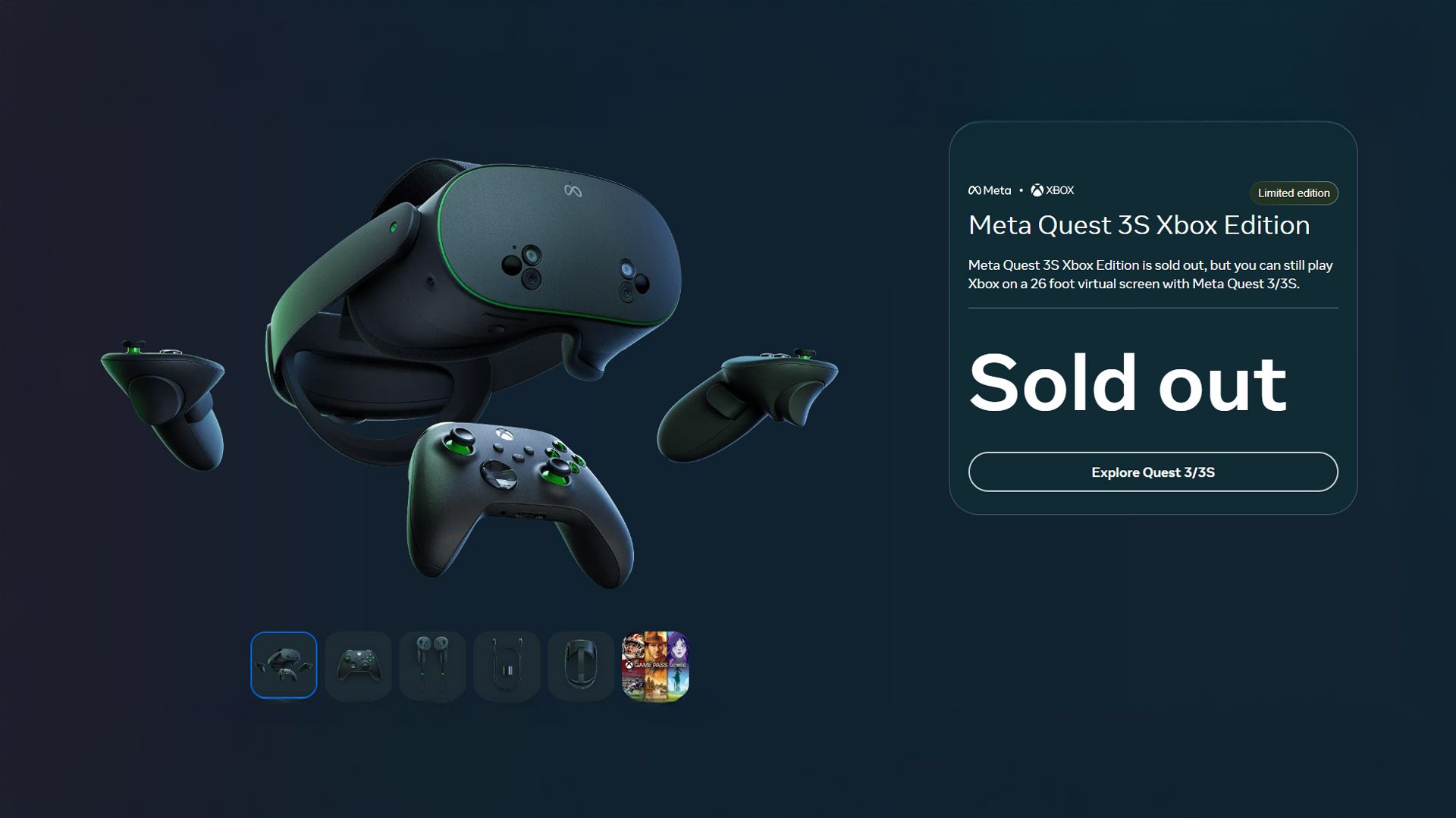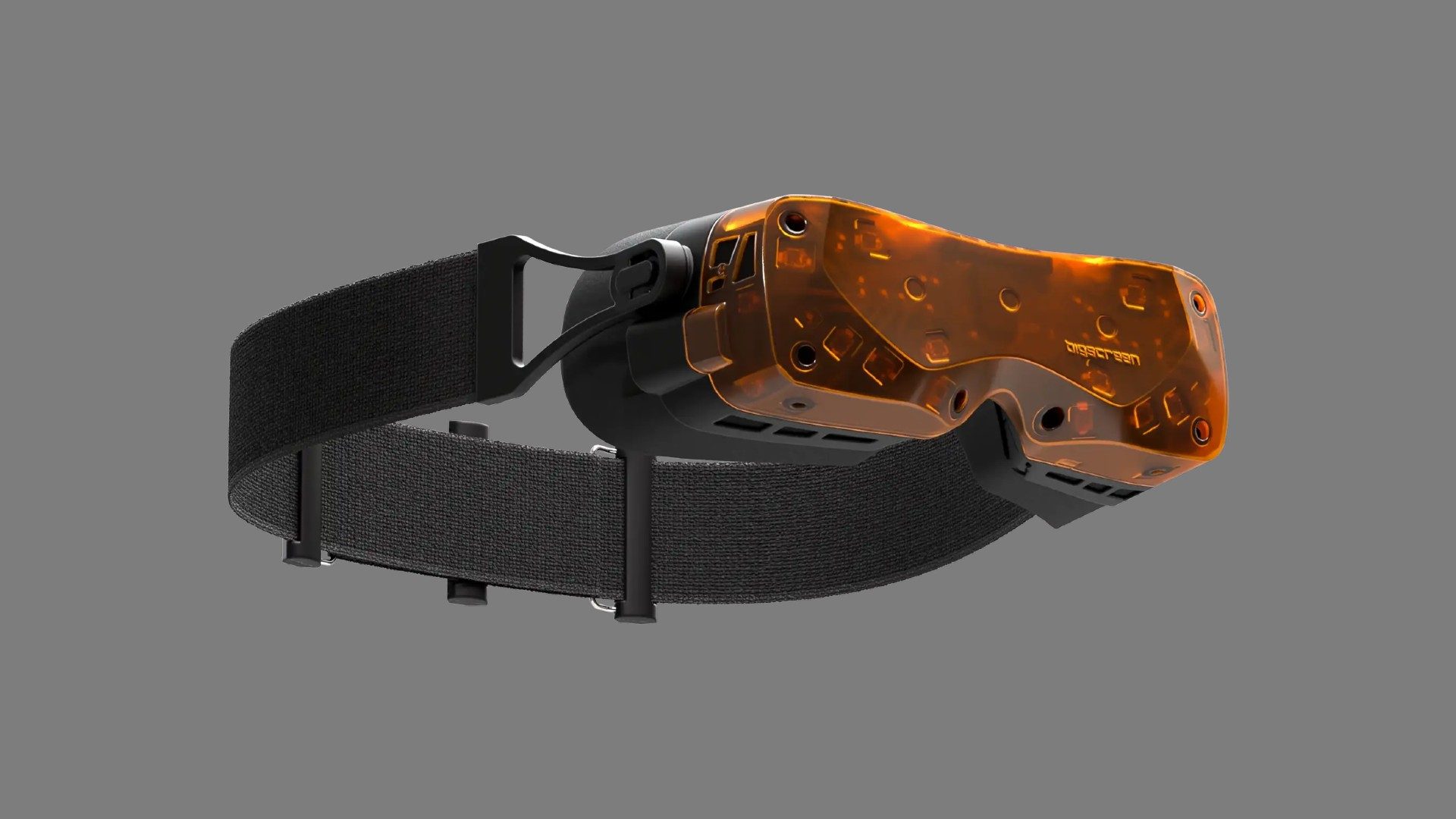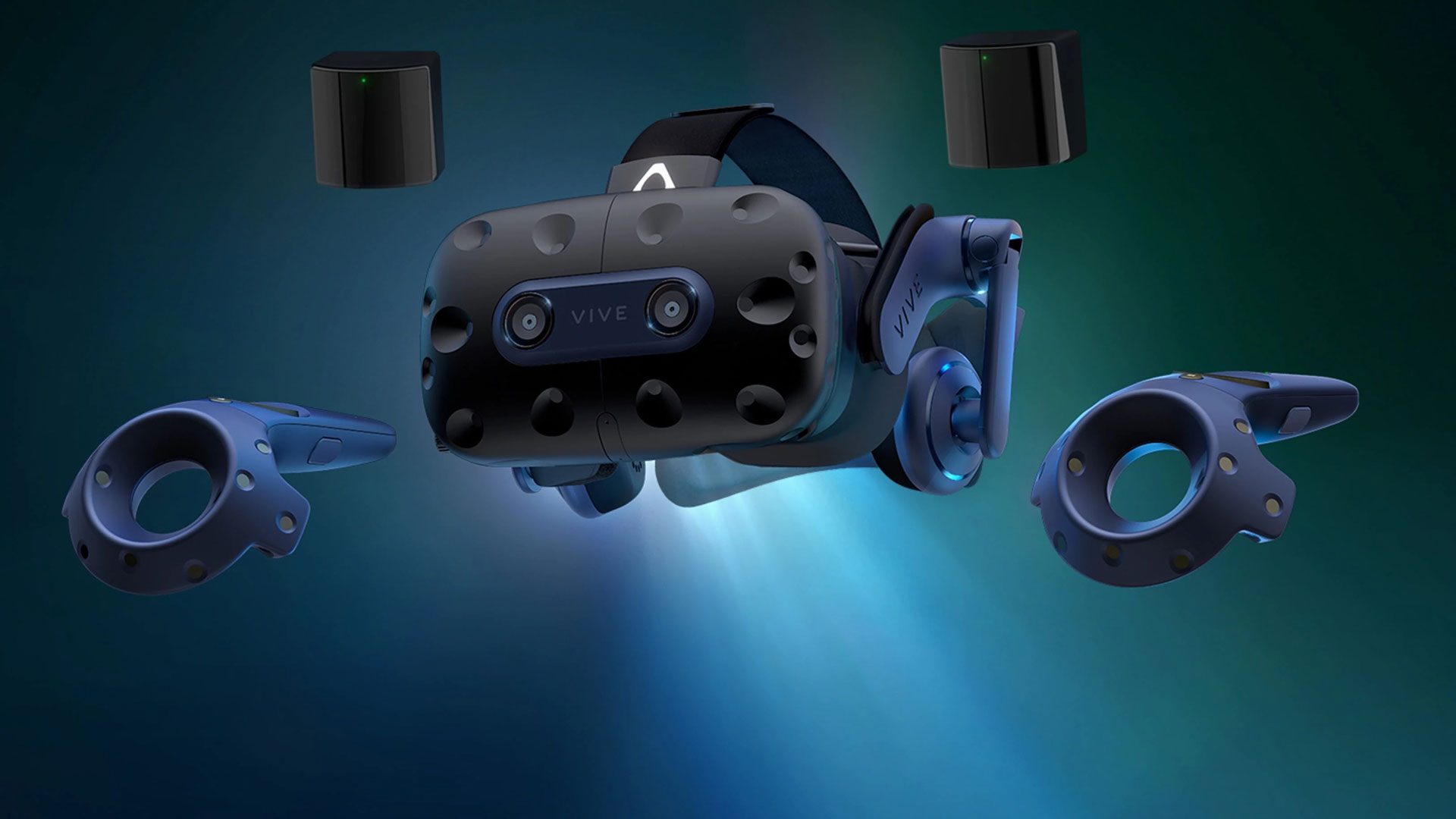Cornell University’s team has innovatively crafted ‘MouseGoggles,’ a tiny VR headset complete with eye-tracking specifically designed for mice. This device aims to provide deeper insights into complex behaviors during neural recordings.
Historically, small-animal VR systems have struggled with limitations in size, immersive experience, and advanced features like eye-tracking. With the introduction of MouseGoggles, as detailed in a recent publication, the researchers at Cornell aim to deepen their understanding of the mouse brain—a pivotal model in behavioral and neurological research.
To validate their study, the team recorded neural activity within the visual cortex, confirming the clarity and effectiveness of the visual presentations. The VR headset successfully created an engaging experience, evidenced by hippocampal data, reward-based learning tests, and animal reactions to virtual threats.
This research endeavor, spearheaded by Chris Schaffer from Cornell Engineering and Ian Ellwood of the College of Arts and Sciences, also sets the stage for wider VR application in neuroscience.
Matthew Isaacson, a postdoctoral researcher, conveyed to the Cornell Chronicle, “Creating a tool that is experimentally more potent than existing technology, yet simpler and more affordable to construct, is a rare opportunity. This development brings significant experimental power to neuroscience and makes the technology accessible to more labs.”
MouseGoggles were constructed using inexpensive, readily available parts, such as smartwatch displays and miniature lenses, comprising a compact setup. They incorporated common technologies, including the Godot game engine and Raspberry Pi 4, configured with a split-screen display driver.
This pioneering work might spark interest in developing lightweight, standalone headsets for larger animals like tree shrews and rats. Presently, MouseGoggles provide a stationary experience, where a ball-shaped treadmill simulates movement. Future aspirations include integrating sensory features, like taste and smell, for a more comprehensive virtual experience.
Schaffer, speaking with the Cornell Chronicle, articulated, “Five-sense virtual reality for mice is promising, especially for studying complicated behaviors where mice process sensory information, weigh internal motivational states, and decide on their actions. This approach could greatly enhance our understanding of such intricate behaviors.”










![[FREE Game] Ruffy and the Riverside Giveaway for PlayStation 5 (NA) [FREE Game] Ruffy and the Riverside Giveaway for PlayStation 5 (NA)](https://www.xgamernews.com/wp-content/uploads/2025/06/PlayStation-5-Ruffy-and-the-Riverside-A-Comprehensive-Review-360x180.jpg)





















